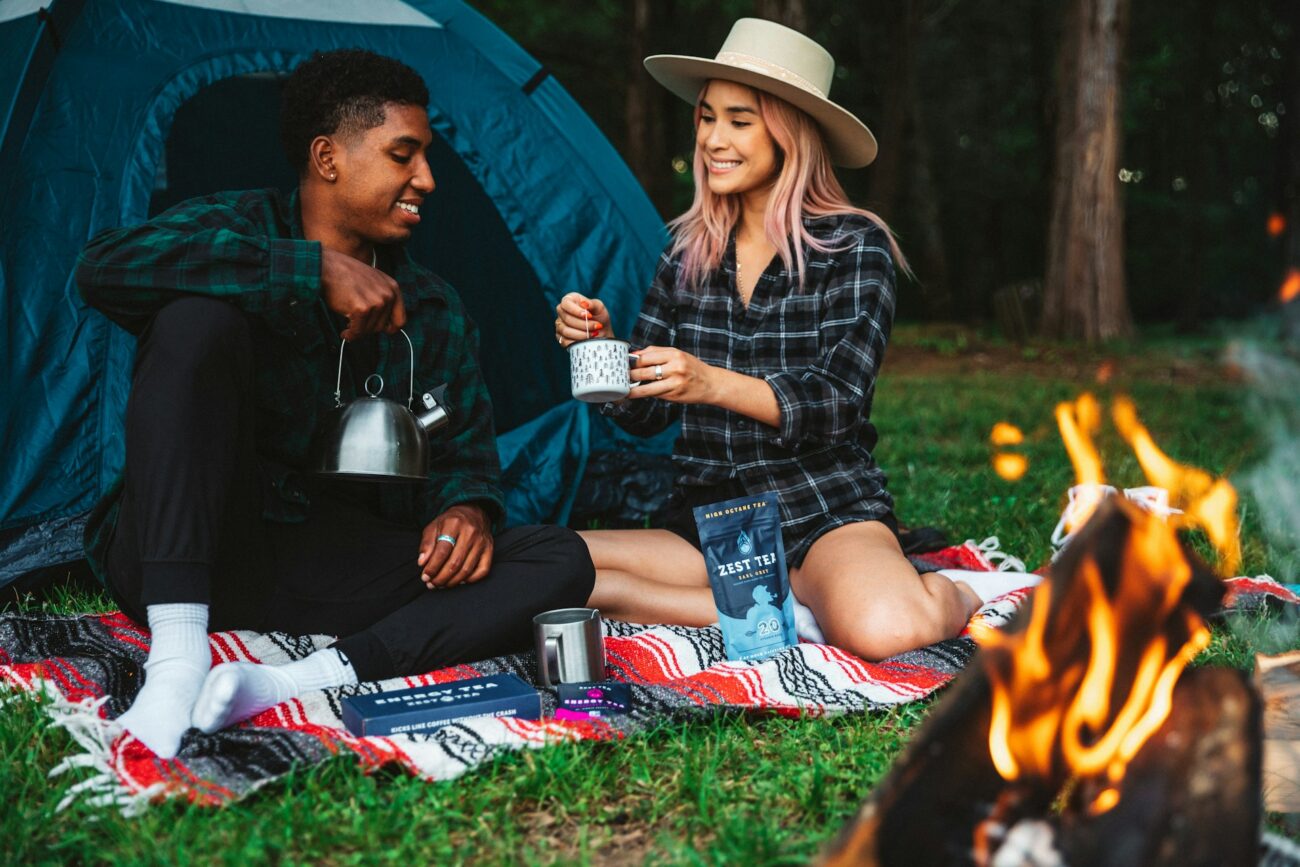There’s something magical about falling asleep under the stars, with only a thin layer of fabric separating you from the great outdoors. However, anyone who’s spent a restless night tossing and turning in a tent knows that outdoor sleeping doesn’t always match the idyllic image we envision. The good news is that with proper preparation and a few clever techniques, you can transform your camping sleep experience from exhausting to rejuvenating. Whether you’re a seasoned backpacker or a camping novice, these twelve practical tips will help you create a sleep sanctuary in your tent, allowing you to wake refreshed and ready for your next adventure.
Choose the Perfect Campsite

The foundation of a good night’s sleep outdoors begins with selecting the right spot to pitch your tent. Look for level ground without rocks, roots, or other obvious bumps that might press into your back throughout the night. If there’s a slight slope to the terrain, position your tent so your head will be slightly higher than your feet when sleeping, which mimics a natural sleeping position. Pay attention to the surroundings as well – avoid setting up directly under dead branches or “widow makers” that could fall during the night, and stay away from areas that might collect water if it rains. Additionally, consider natural wind barriers like boulders or dense bushes that can shield your tent from strong gusts that might otherwise keep you awake with flapping tent walls.
Invest in a Quality Sleeping Pad
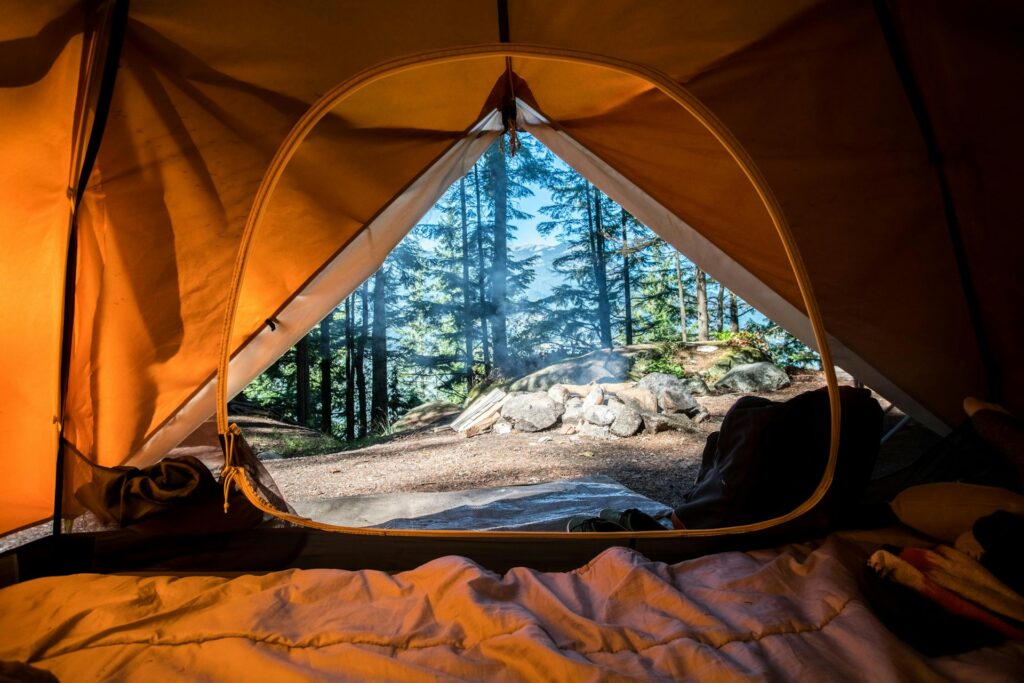
A sleeping pad isn’t just for comfort—it’s essential for insulation from the cold ground, which can sap your body heat even on relatively warm nights. Modern sleeping pads come in three main varieties: air pads that inflate to provide cushioning, self-inflating pads that combine foam with air, and closed-cell foam pads that are lightweight but less comfortable. When selecting a pad, pay attention to the R-value, which measures insulation properties—the higher the R-value, the better it will protect you from cold ground. For three-season camping, look for an R-value of at least 2-3, while winter camping requires values of 5 or higher. Remember that you can also layer pads for extra warmth and comfort, such as placing a foam pad under an air pad for maximum insulation and protection against punctures.
Pack the Right Sleeping Bag
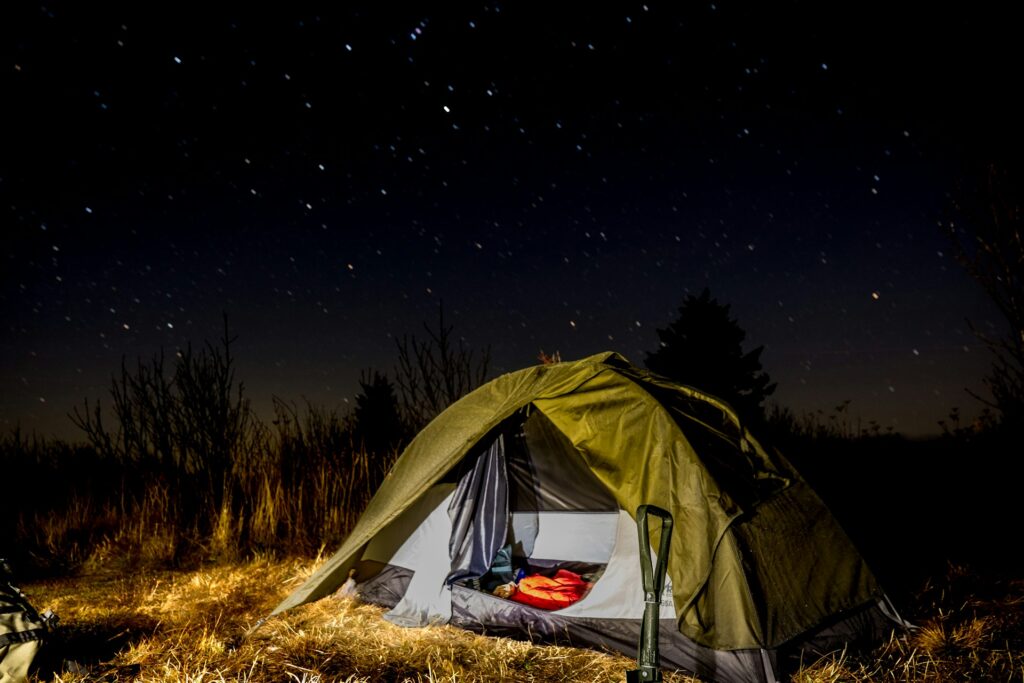
Your sleeping bag is perhaps the most crucial component of your sleep system, and selecting one appropriate for the conditions can make the difference between shivering all night and sleeping soundly. Choose a bag rated for temperatures at least 10 degrees colder than the lowest temperature you expect to encounter, giving yourself a buffer for unexpected weather changes. Consider the fill material carefully: down provides excellent warmth-to-weight ratio and compressibility but loses insulating properties when wet, while synthetic fill maintains some insulation even when damp and typically costs less. The shape of your sleeping bag also affects warmth and comfort—mummy bags are more thermally efficient but restrictive, while rectangular bags offer more room to move but may have cold spots. For couples, consider a double sleeping bag or two bags that can zip together for shared warmth and comfort.
Bring a Proper Pillow
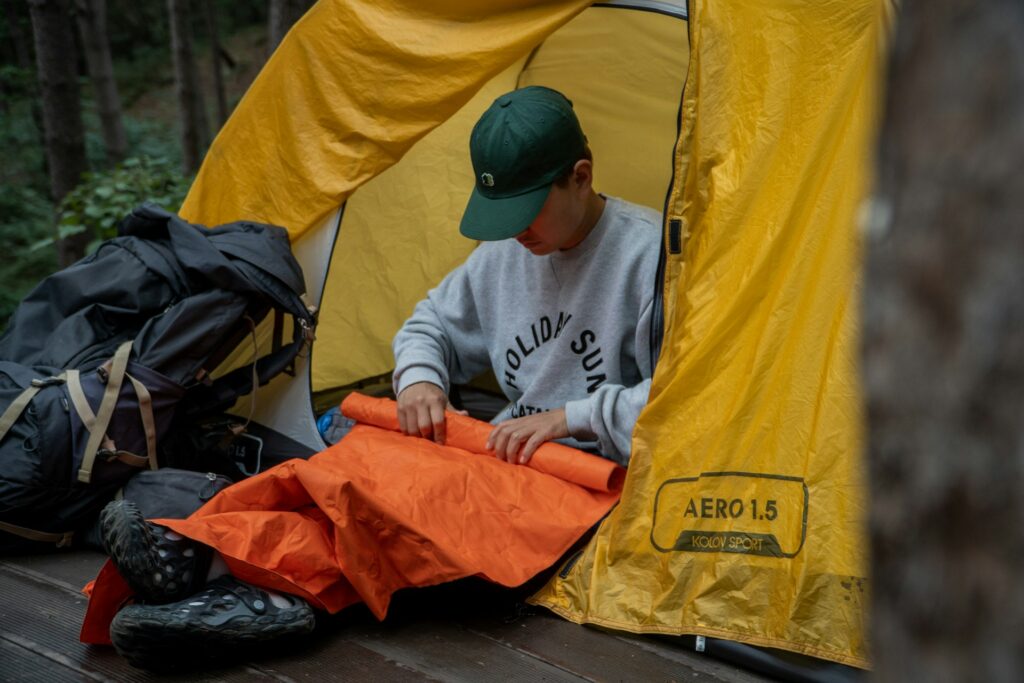
While stuffing clothes into a stuff sack might seem sufficient for head support, a proper pillow can dramatically improve sleep quality in the wilderness. Compact camping pillows have evolved significantly in recent years, with inflatable, compressible foam, and hybrid options available that pack down surprisingly small. Inflatable pillows weigh next to nothing and can be adjusted to your preferred firmness, though some campers find them noisy or slippery. Compressible pillows with synthetic or down fill offer more familiar comfort and stay in place better, but take up more pack space. For car camping where space isn’t at a premium, consider bringing your favorite pillow from home—the familiar feel and smell can help your brain recognize it’s time to sleep, even in an unfamiliar environment. The right pillow supports proper neck alignment, preventing the stiffness and headaches that can result from makeshift solutions.
Dress Appropriately for Sleep
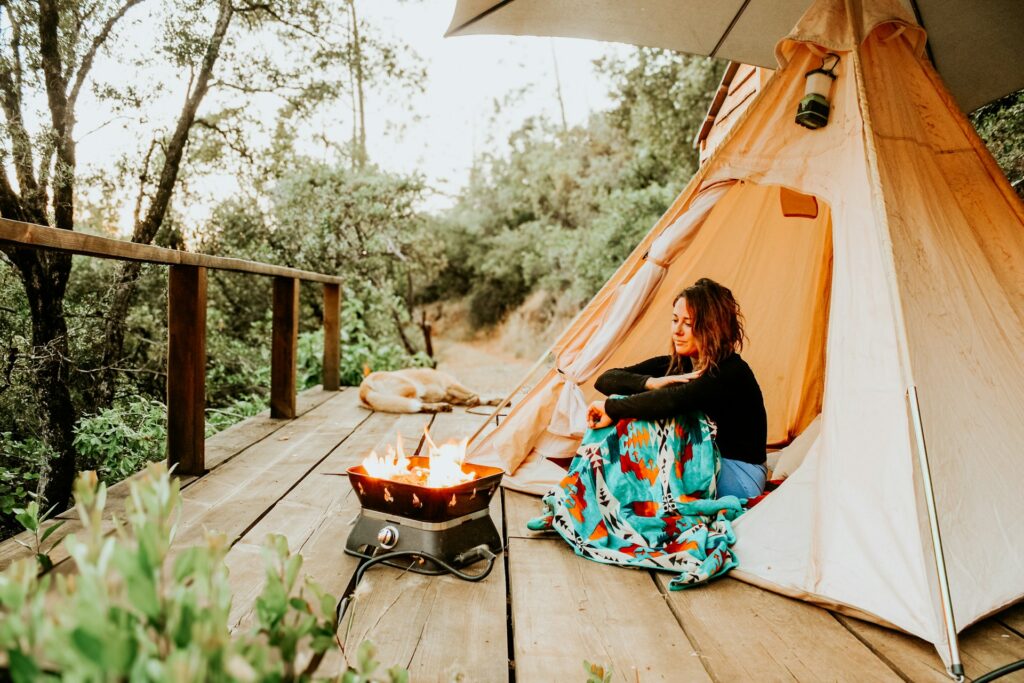
What you wear to bed can significantly impact your camping sleep quality, and the old advice to sleep in as little as possible is actually counterproductive in the outdoors. Instead, opt for clean, dry clothes specifically reserved for sleeping—ideally made from moisture-wicking materials that help regulate temperature and move sweat away from your skin. Layering is key for adapting to temperature changes throughout the night; consider a base layer of lightweight long underwear, mid-layers as needed, and always pack a warm hat since much body heat escapes through your head. Clean socks dedicated for sleeping not only keep your feet warm but also keep your sleeping bag cleaner over time. Avoid cotton materials which retain moisture and can make you colder if you sweat during the night, opting instead for merino wool or synthetic fabrics designed for outdoor use. Remember that it’s always easier to remove layers if you’re too warm than to add warmth you haven’t brought.
Create a Bedtime Routine
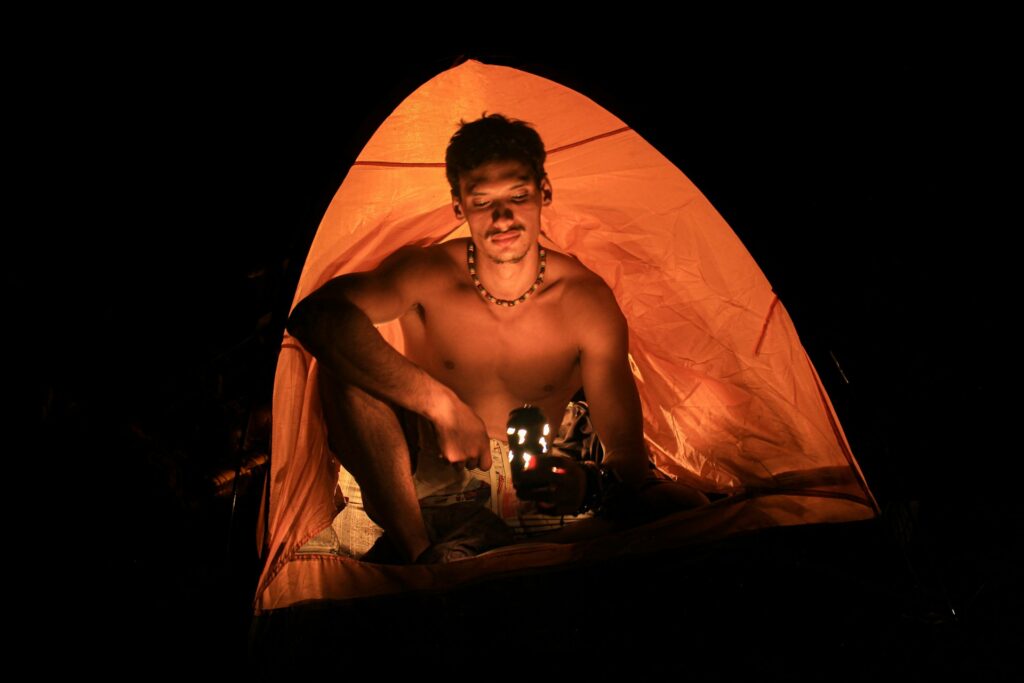
Our bodies respond to consistent cues that signal it’s time to wind down, and maintaining elements of your home bedtime routine can help trigger sleep even in the unfamiliar setting of a tent. Consider bringing a small book to read by headlamp, writing in a journal about the day’s adventures, or practicing a brief meditation to calm your mind before sleep. Herbal tea like chamomile can serve both as a warming evening ritual and a mild sleep aid, especially welcome after a day of outdoor exertion. Avoid looking at phone screens close to bedtime, as the blue light can suppress melatonin production and make falling asleep more difficult. Instead, take advantage of camping’s natural alignment with daylight—try going to bed earlier than you might at home and waking with the sun, which helps reset your circadian rhythm to a more natural pattern. Consistency in pre-sleep activities signals to your body that it’s time to transition to rest, regardless of your surroundings.
Use Earplugs and Eye Masks
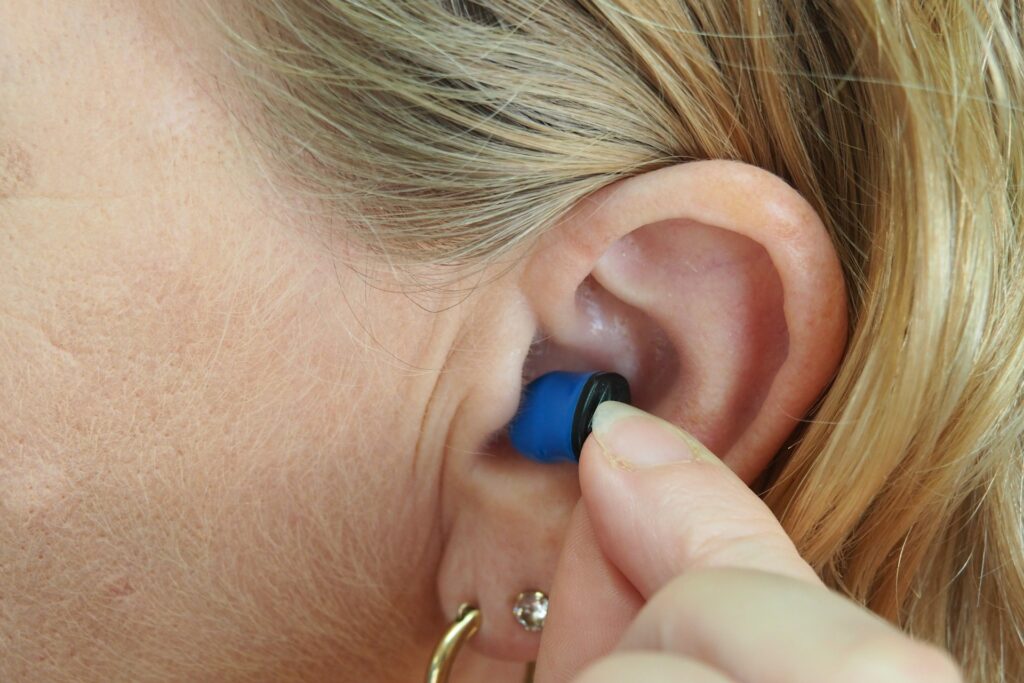
Nature may seem peaceful, but wilderness nights are often surprisingly noisy with unfamiliar sounds that can disturb light sleepers—rustling leaves, animal movements, fellow campers, or rushing water might keep you alert when you should be drifting off. Foam earplugs are lightweight, inexpensive sleep aids that significantly reduce environmental noise without completely eliminating sounds that might require attention for safety. Similarly, an eye mask can block early morning light, especially important during summer months when dawn breaks remarkably early and can cut short your rest. For campers concerned about being too isolated from their surroundings, consider soft silicone earplugs that reduce rather than eliminate sound, or use just one earplug, leaving one ear unobstructed. These simple tools weigh almost nothing in your pack but can dramatically improve sleep quality, especially for those accustomed to controlled sleeping environments at home.
Stay Warm with Hot Water Bottles
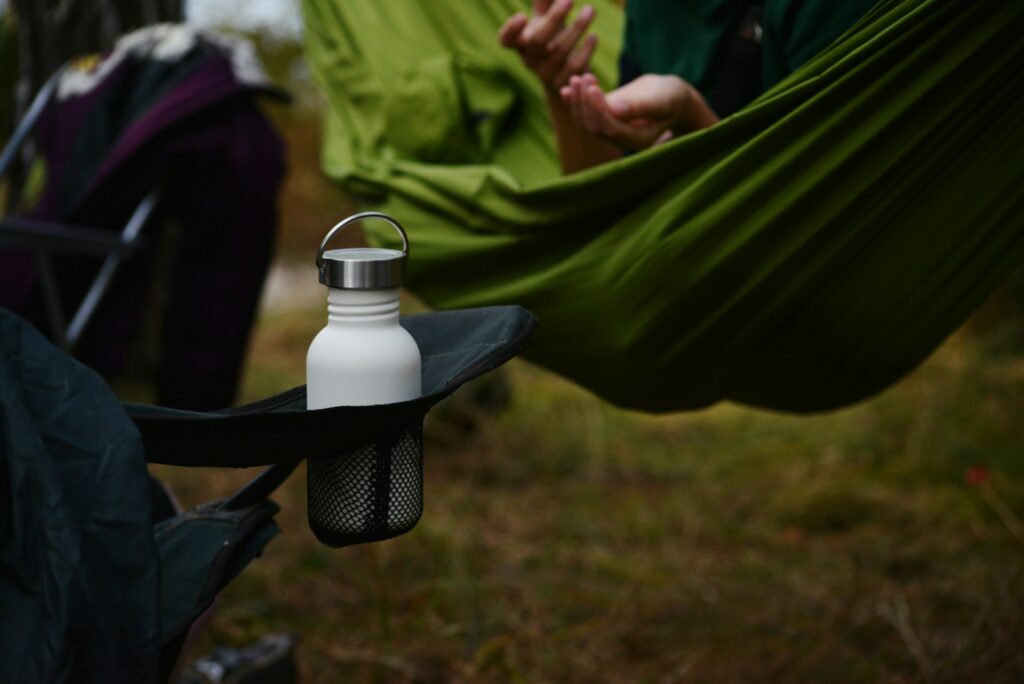
A time-tested camping technique for staying warm involves creating a makeshift hot water bottle to take into your sleeping bag. Before retiring for the night, heat water to a very warm (but not scalding) temperature and fill a leak-proof water bottle, checking carefully that the cap is securely tightened. Wrap the bottle in a piece of clothing to prevent burns and place it in your sleeping bag about 20 minutes before bedtime to pre-warm the space. Strategic placement makes a difference—position the bottle near your core, between your thighs, or at your feet where major blood vessels will distribute the heat throughout your body. The bottle will radiate warmth for several hours, helping you fall asleep comfortably even on chilly nights. As a bonus, you’ll have clean drinking water ready for the morning without having to leave your tent. This simple technique can be especially valuable for cold sleepers and can reduce the temperature rating needed for your sleeping bag.
Eat and Drink Strategically
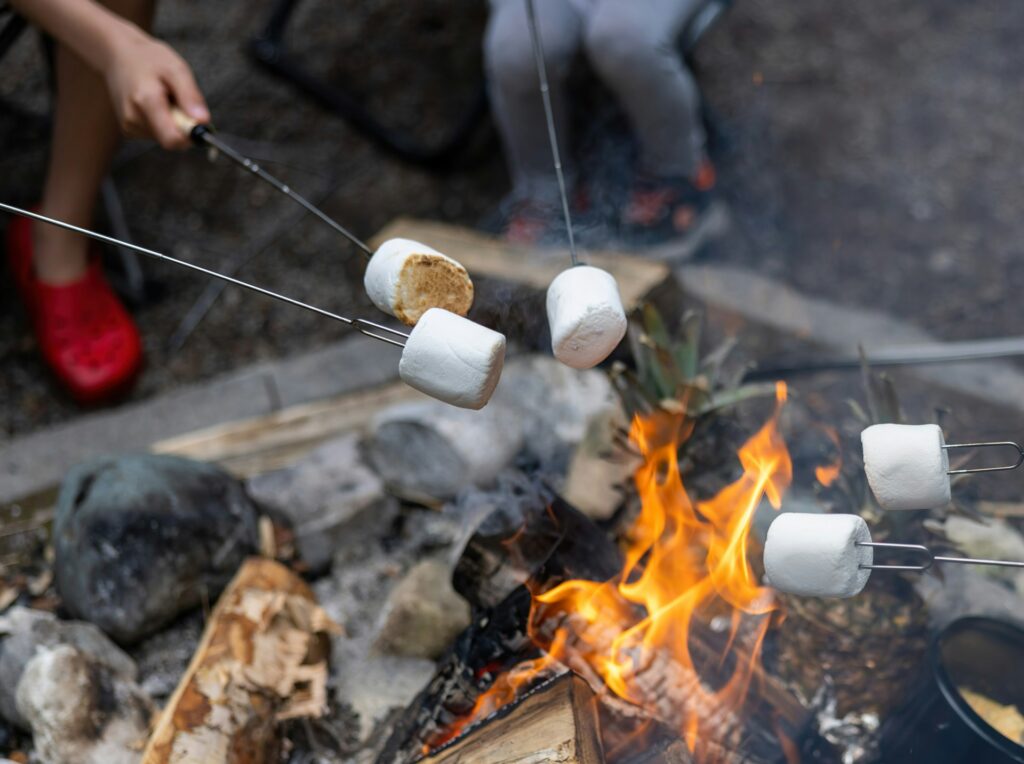
What and when you consume before bed significantly impacts your sleep quality outdoors. Aim to finish your main meal at least two hours before bedtime to allow for initial digestion, reducing the likelihood of indigestion or discomfort when lying down. Include complex carbohydrates and proteins in your evening meal, which can help maintain stable blood sugar throughout the night and provide sustained energy for your body’s heating system. While it might be tempting to have an alcoholic nightcap around the campfire, alcohol actually disrupts sleep cycles and can lead to more frequent nighttime waking, particularly as it metabolizes and your body experiences a rebound effect. Instead, consider a warm, caffeine-free beverage like herbal tea or hot chocolate about an hour before sleep. Staying hydrated is important, but taper fluid intake in the hours before bed to reduce the likelihood of having to exit your warm sleeping bag for midnight bathroom trips in the cold, which can significantly disrupt your sleep quality.
Manage Tent Temperature and Ventilation
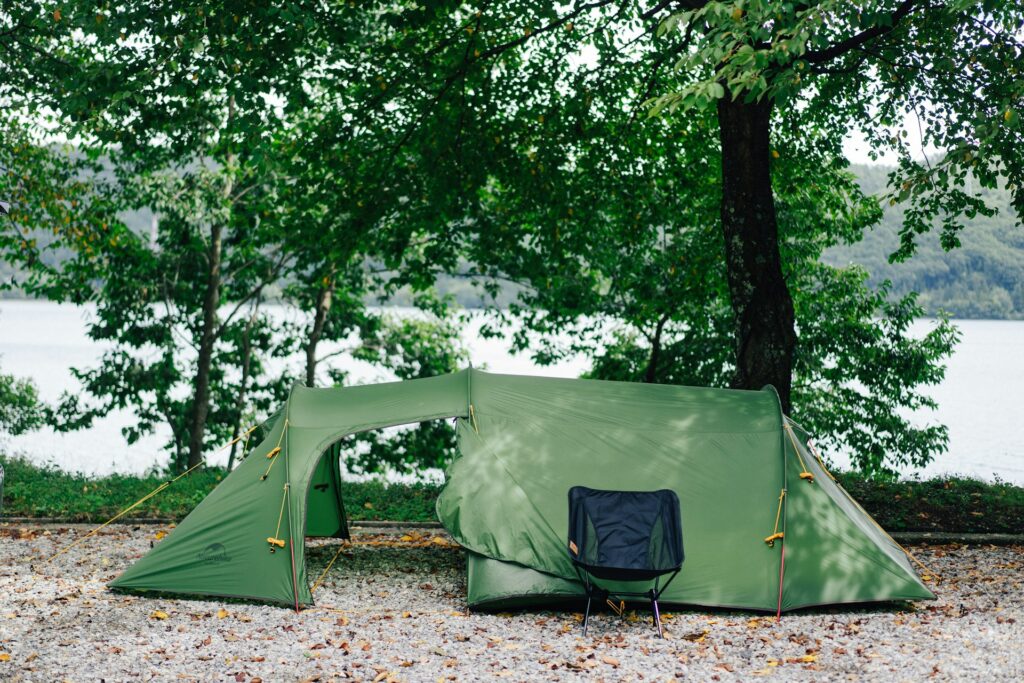
Proper airflow inside your tent creates a more comfortable sleeping environment and prevents the buildup of condensation that can dampen your gear and create a clammy atmosphere. Even on cold nights, leave at least small vents open near the top of your tent to allow warm, moist air to escape without creating uncomfortable drafts. Position your tent to take advantage of natural air movements, with doors facing away from prevailing winds when possible. In hot weather, remove the rain fly if clear skies are expected, or set it up in “porch mode” with trekking poles to create an awning effect that maintains protection while maximizing airflow. Consider the orientation of your tent relative to the morning sun—in cool weather, a tent that catches early rays can provide welcome warmth, while in hot conditions, shade from trees can prevent your tent from becoming an unbearable greenhouse that wakes you prematurely. Remember that ground temperature affects tent temperature significantly, so using a tent footprint provides an additional layer of insulation from the earth below.
Mitigate Mosquitoes and Insects

Few things disrupt outdoor sleep more effectively than the high-pitched whine of a mosquito or the sensation of crawling insects inside your shelter. Before setting up camp, inspect your site for ant hills, wasp nests, or other insect colonies that might become problematic at night. Keep your tent zipped closed except when absolutely necessary to enter or exit, and use a headlamp rather than interior lighting when possible, as bright lights inside your tent act as beacons for flying insects. Consider treating your tent and surrounding area with permethrin spray well before your trip (allowing it to dry completely), which creates a protective barrier against many crawling and flying insects. Inside your tent, avoid wearing scented lotions, deodorants, or fragrant soaps that might attract unwanted visitors. If you’re camping in an area with significant insect pressure, a lightweight mesh inner layer for your sleeping bag can provide peace of mind and protection from any bugs that do find their way into your shelter, allowing you to sleep soundly without the distraction of real or imagined crawling sensations.
Address Common Physical Discomforts
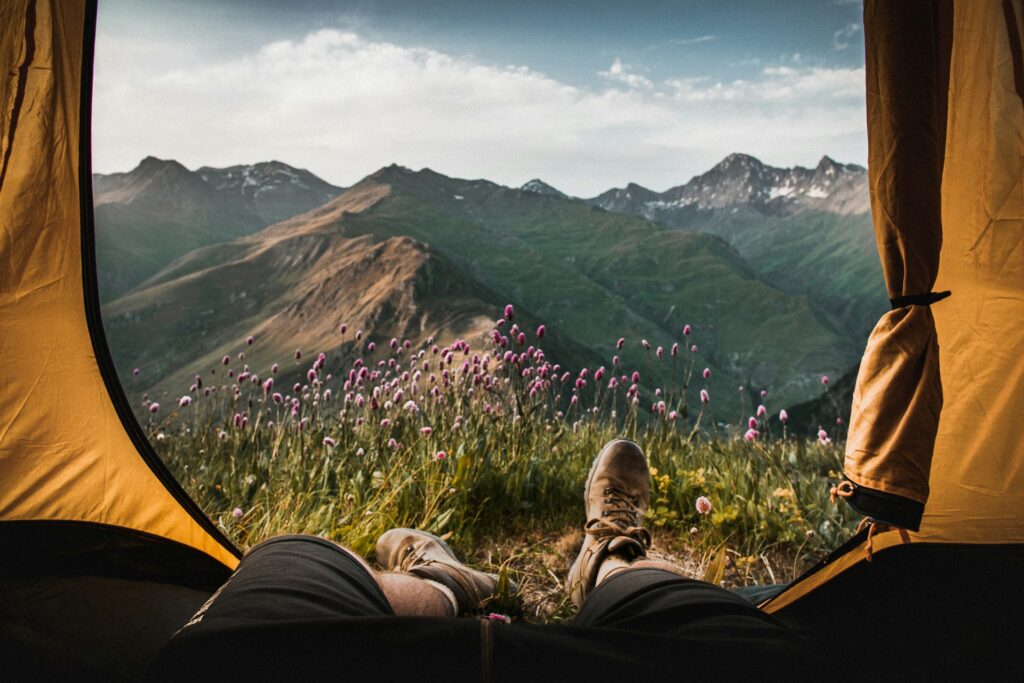
Outdoor activities often lead to physical strains that can interfere with sleep if not addressed before bedtime. Take a few minutes before climbing into your sleeping bag to stretch tight muscles, particularly focusing on your back, shoulders, and legs which typically bear the brunt of hiking, paddling, or other camping activities. Consider packing a small massage ball to work out knots in sore muscles, or use your knuckles to apply pressure to particularly tight areas. Over-the-counter pain relievers can help manage minor aches that might otherwise keep you awake, particularly if taken about 30 minutes before you plan to sleep. For those with chronic conditions like back pain, consider modifications to your sleep setup—some campers find relief by creating a small lumbar support with a rolled jacket placed under the lower back, or by sleeping in a slightly curled position with a soft item between the knees to align the spine. If you’re prone to foot cramps at night, be sure to hydrate properly and consider consuming foods rich in potassium and magnesium during your evening meal to help prevent painful spasms.
Conclusion
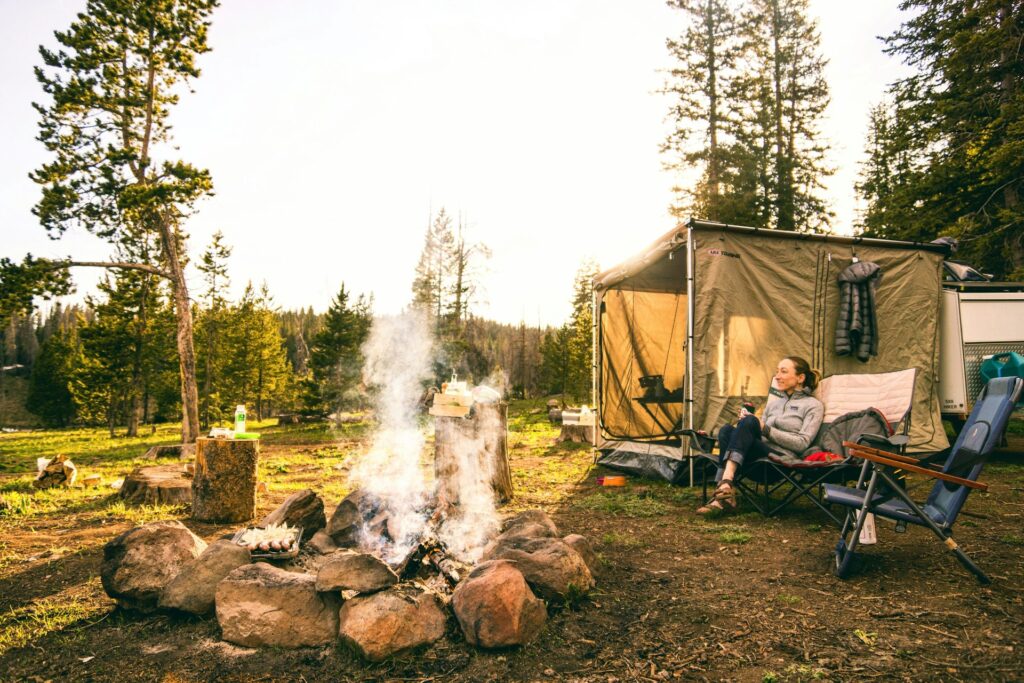
In conclusion, a restful night’s sleep outdoors doesn’t happen by accident—it’s the result of thoughtful preparation and attention to details that affect comfort and warmth. By implementing these twelve strategies, you can transform your tent into a sleep sanctuary that rivals the comfort of your bedroom at home. The beauty of outdoor sleeping lies in the connection to natural rhythms and environments, but this doesn’t mean sacrificing restorative rest. In fact, many outdoor enthusiasts report sleeping better in a well-prepared tent than they do at home, free from electronic distractions and reconnected to the natural cycles of day and night. With practice, you’ll develop your own personalized system for consistently excellent sleep in the wilderness, ensuring your daytime adventures aren’t compromised by nighttime discomfort. Sweet dreams under the stars await!

